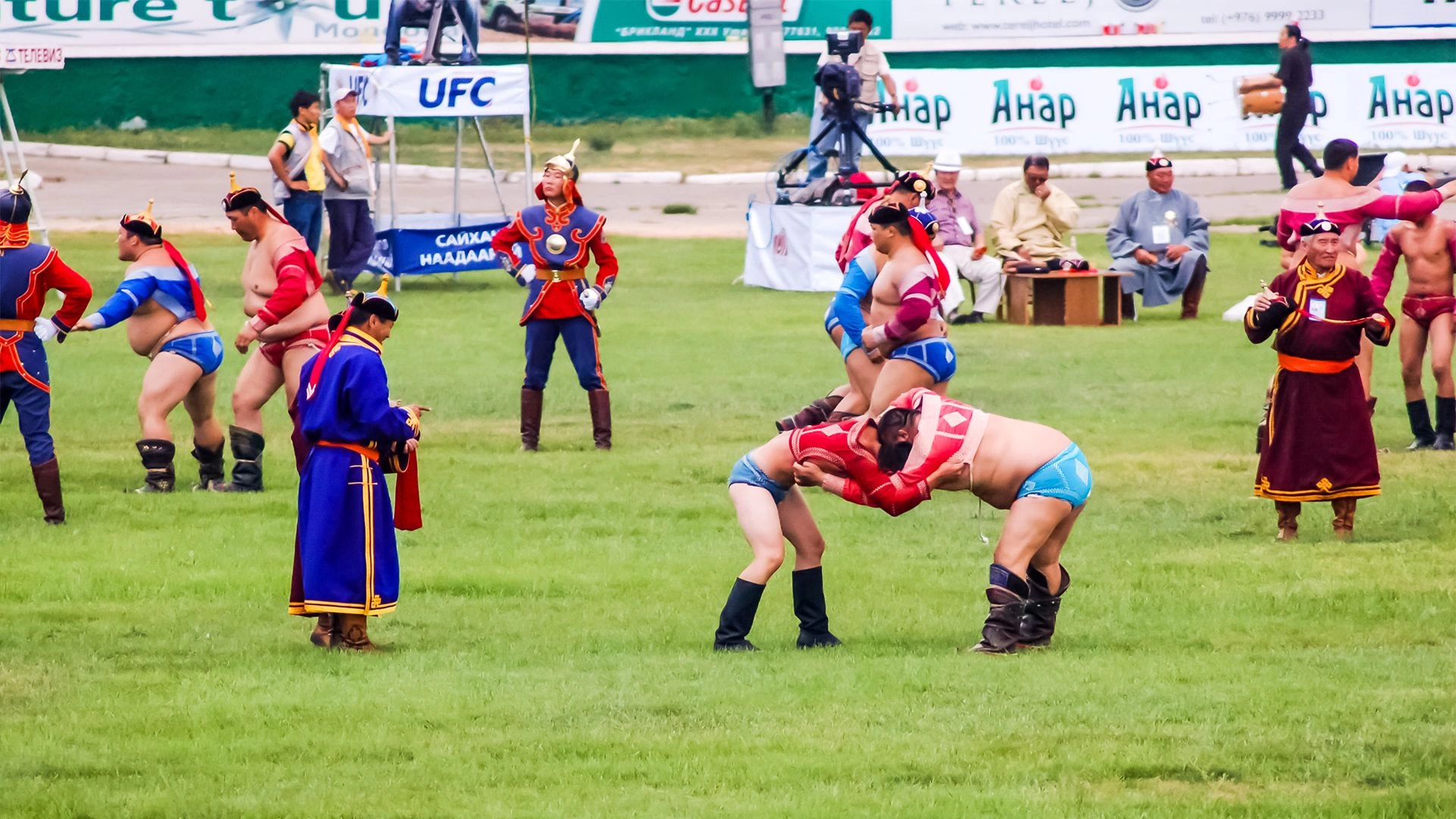
NAADAM FESTIVAL IN MONGOLIA
Naadam Festival is the only one of its kind; it is a sophisticated and eloq...

Naadam Festival is the only one of its kind; it is a sophisticated and eloq...
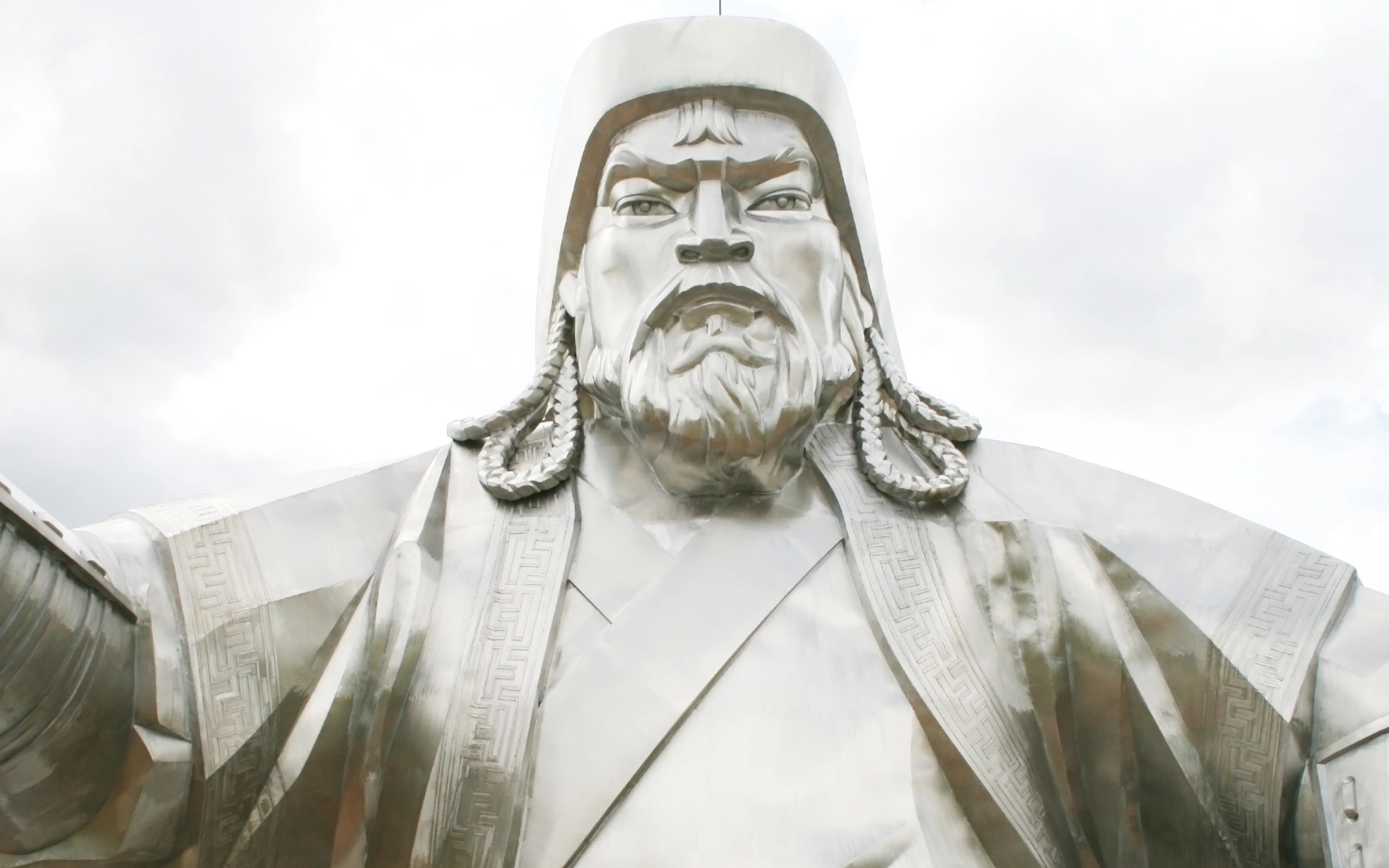
The Lunar New Year in Mongolia, known in the local dialect as “Tsagaan Sar,...
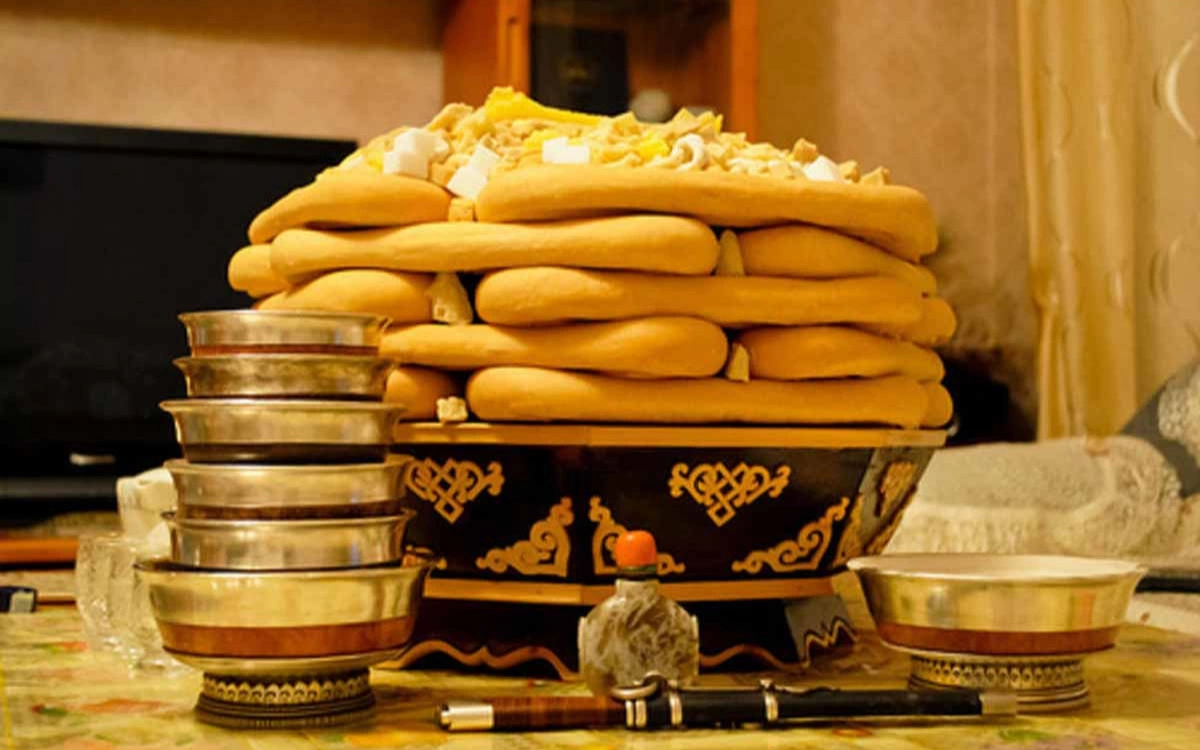
The Lunar New Year in Mongolia, known in the local dialect as “Tsagaan Sar,...
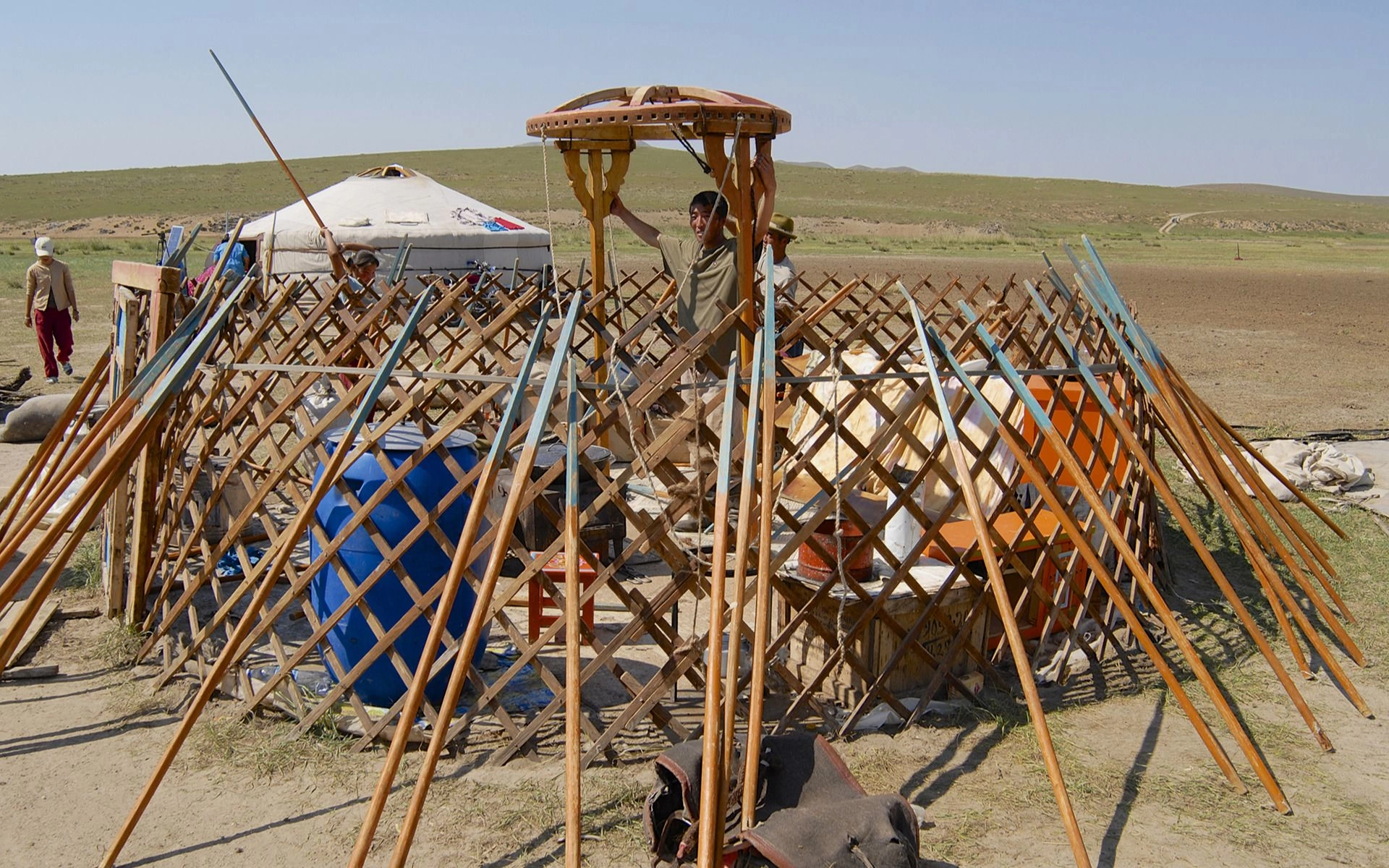
Ger (aka Yurt) has been a reliable accommodation of the nomads of Central A...
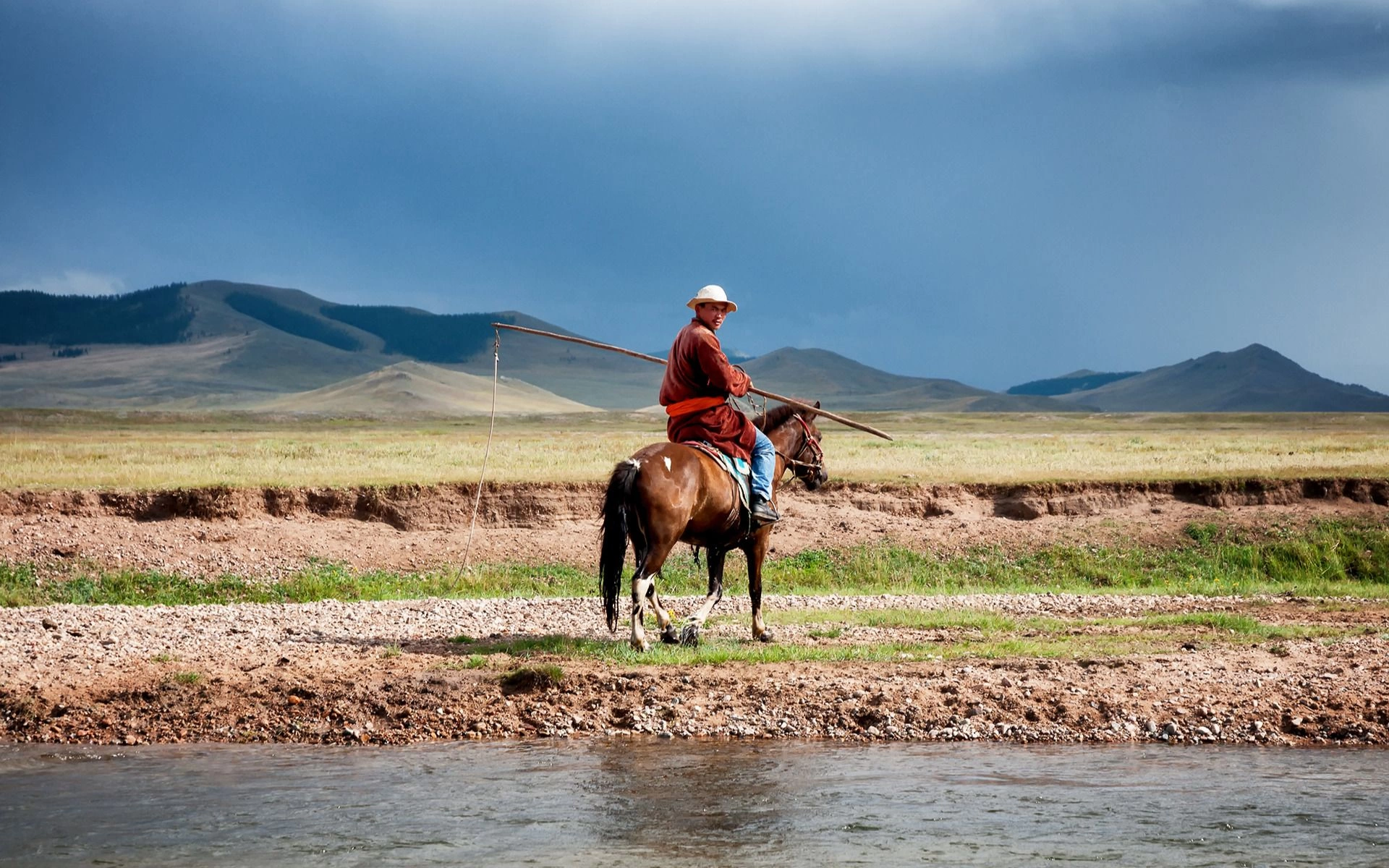
欢迎来到蒙古!让我们去蒙古旅行!Voyons la Mongolie! Bienvenue en Mongolie!
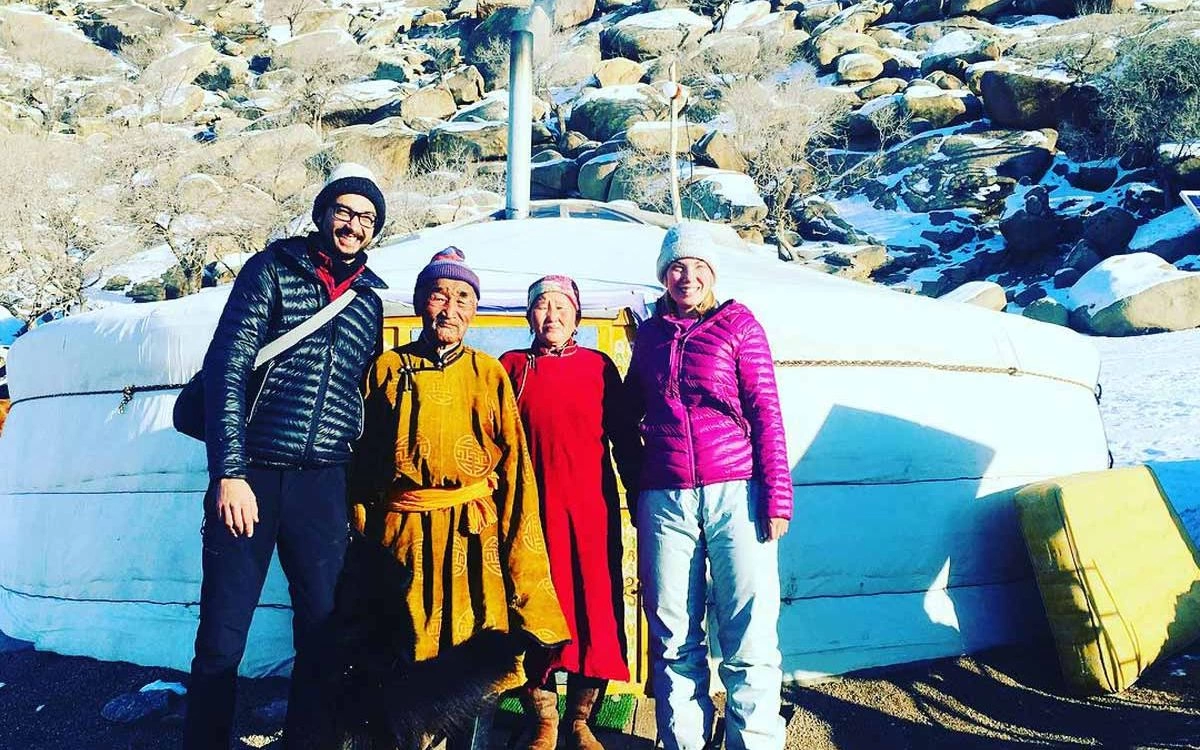
We offer all types of destinations by Tours through countryside of Mongolia...

Naadam Festival is the only one of its kind; it is a sophisticated and eloq...

The Lunar New Year in Mongolia, known in the local dialect as “Tsagaan Sar,...

The Lunar New Year in Mongolia, known in the local dialect as “Tsagaan Sar,...

Ger (aka Yurt) has been a reliable accommodation of the nomads of Central A...

欢迎来到蒙古!让我们去蒙古旅行!Voyons la Mongolie! Bienvenue en Mongolie!

We offer all types of destinations by Tours through countryside of Mongolia...
|
Year |
Date |
Day |
Holiday |
|
2018 |
16 Feb to 18 Feb |
Fri to Sun |
Lunar New Year Holiday |
|
2019 |
5 Feb to 7 Feb |
Tue to Thu |
Lunar New Year Holiday |
Note: 2018 is the Year of the Earth Dog; 2019 is the Year of the Earth Pig.
It is a centuries-old celebration and one steeped in the Buddhist religion, though most Mongolians of all beliefs observe the day in some fashion. The main celebrations last for three days, from the day before to the day after the new moon, but some keep up the festivities for as long as two weeks.
On the Gregorian calendar, Tsagaan Sar comes in January or February, the date varying from year to year but not drifting endlessly away. The reason for this is that Mongolia uses a combination solar-lunar calendar, which does not align with the Western solar dating system but yet keeps Tsagaan Sar firmly in mid-winter.
On “Mongolian New Year’s Eve”, there are a number of rituals that Mongolians perform in order to bring good luck for the year to come. First, houses must be cleaned out thoroughly, which is often a day-long task. Candles are lit to symbolise enlightenment and to give light to any spirits who have “become Buddhas” that might visit. Three chunks of ice are also left just outside the door, since the horse of Palden Lhamo, a Buddhist god, visits every home on New Year’s Eve and will be thirsty. Finally, a family dinner is enjoyed in the evening, card games are played in the hopes of beginning a year-long good luck streak, debts are paid off, and grudges are forgiven.
On Lunar New Year itself, people visit their relatives, beginning with their parents and continuing in order of descending age. They make many short visits to dozens of relatives. Each time, special rituals are followed. The guests must ask the hostess, “Are you living in Peace?” The hostess kisses the guest’s cheeks, gives out a gift of money or vodka, and serves tea mixed with milk. Gifts may also be exchanged.
Some activities that tourist may wish to take part in if in Mongolia for Lunar New Year include:
Lunar New Year is a time when Mongolians celebrate in the midst of a cold, long winter, looking forward to the spring. It is also a time when tourists learn and enjoy many interesting facets of Mongolian culture.


Voluptas in eum praesentium. Occaecati sunt adipisci et.